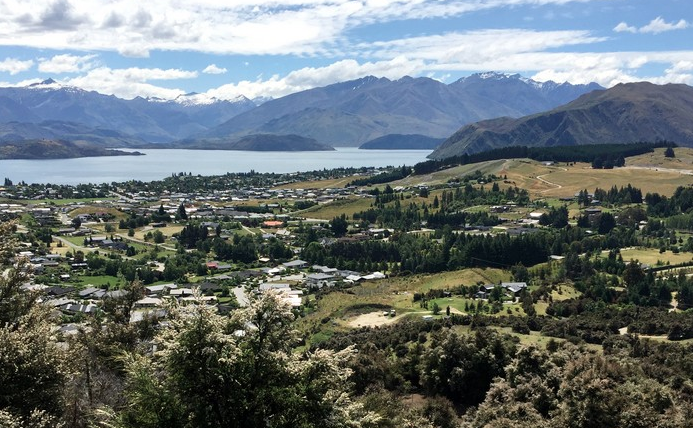Fire risk focus of community meeting
Maddy Harker
17 January 2021, 5:04 PM
 A wildfire in West Meadows last September was brought under control before it damaged housing. PHOTO: Wanaka App
A wildfire in West Meadows last September was brought under control before it damaged housing. PHOTO: Wanaka AppLocal agencies will be sharing information on wildfire risk, response plans and risk mitigation in the Upper Clutha - in particular Mt Iron and its residential subdivisions - at a meeting next month.
Queenstown Lakes District Council (QLDC), Fire and Emergency New Zealand (FENZ) and Otago Civil Defence and Emergency Management (CDEM) have organised meetings for community organisations and any members of the public who want to ensure they have the skills to both prevent and safely react to a wildfire.
“Although all three groups... maintain regular contact as a matter of routine, the meeting was convened to specifically discuss the best way to collaboratively support neighbourhoods at risk of fire,” QLDC councillor Niamh Shaw, who attended the meeting, said.
Crown research institute Scion, alongside the agencies mentioned above, has been undertaking research to help understand what residents in Northern Wanaka and Albert Town know about wildfires.
Research lead Lisa Langer points to the increasing risks and fire events in New Zealand.

Wanaka from Mt Iron. PHOTO: Supplied
“Central Otago is growing rapidly. New subdivisions spreading out into the countryside extend the fringe area where urban meets rural. People living in rural-urban interfaces (RUI) can be especially vulnerable to wildfire, as the recent Lake Ōhau, Nelson-Tasman and Port Hills fires have shown.”
Scion’s research, which is being used to make recommendations to agencies and landowners to help them be better prepared for future wildfires, is hoped to help promote a wider-reaching understanding of the risks of wildfires.
“We want to understand current wildfire risk awareness and preparedness and explore means of encouraging better wildfire preparations for the future,” Lisa said.
A recent New Zealand Geographic article painted a scary picture for Mt Iron and Hidden Hills, a subdivision near Mt Iron’s base which is accessible only via one road and cannot be reached by fire trucks.
A series of factors - from the prevalence of highly flammable kānuka trees to the increased speed in which fires can rage up hillsides - make the area a tinderbox, the article’s author wrote.
As the council’s elected representative on the Hidden Hills Residents’ Association and the Albert Town Community Association, Niamh participated in the meeting.
“Some time ago, at the request of the HHRA I was looking into the possibility of installing an on-site fire alarm in Hidden Hills, and came to realise there were many more considerations in planning for and mitigating the risk of fire,” she said.
A community meeting to understand the Upper Clutha’s fire risks and the current risk management plans will be held at The Lake Wānaka Centre, from 6:15pm - 8:00pm on Tuesday, February 2 (new venue and time edited 11am 2 February)
Although the northern slopes of Mt Iron is considered particularly high risk, anyone who is interested in the issue of fire management is welcome to come along.





